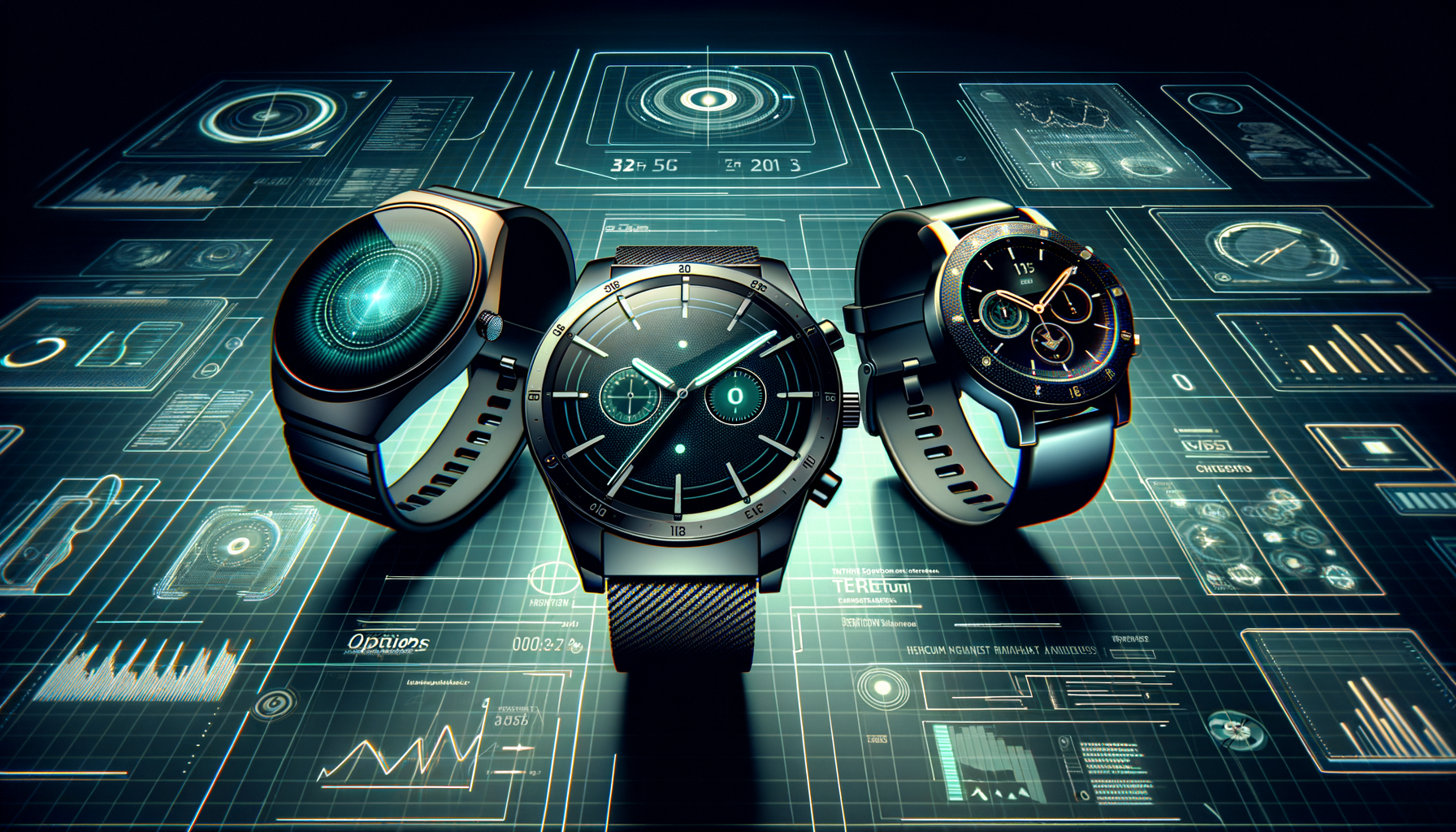When it comes to picking an Apple Watch in 2025, consumers are presented with more choices than ever before. With the latest lineup featuring the Apple Watch Series 10, the Ultra 2, and the second-generation SE, the options can seem overwhelming. This guide aims to dissect these choices, presenting the features, advantages, and potential drawbacks of each model to help you make an informed purchase.
Zooming In
The Evolution of the Apple Watch
Apple’s journey into the smartwatch market began with a focus on providing a powerful health monitoring tool wrapped in a sleek, user-friendly package. Over the years, this vision has expanded, incorporating advanced features such as cellular connectivity, varied materials, and specialized models like the high-end Apple Watch Ultra. The recent drop in prices for older models has also made the Apple Watch more accessible, inviting a broader audience to explore its capabilities. Now, as the Series 10 settles into the market, users have opportunities to acquire even the most premium models at discounted rates.
Current Lineup Features
Apple Watch Series 10
- Design and Display: The Series 10 sports a larger screen that is 10% thinner and lighter than previous models, with an elegant titanium finish replacing stainless steel. Its wide-angle OLED display enhances readability and is ideal for users who enjoy a more substantial visual experience.
- Health Features: Newly introduced is an FDA-cleared sleep apnea detection function, alongside traditional features like ECG and heart rate monitoring. This model doesn’t include a blood oxygen sensor because of a patent dispute affecting US units.
- Pricing: Starts at $399 for the base 42mm model, with options to add cellular connectivity.
Apple Watch Ultra 2
- Durability and Design: Designed for fitness aficionados and outdoor adventurers, the Ultra 2 offers enhanced durability with a rugged titanium case and specialized bands for different activities. It includes a depth sensor and increased water resistance.
- Performance and Features: While featuring a robust battery that can last up to 60 hours without Low Power Mode, the Ultra 2 also boasts advanced GPS capabilities and an action button for customizable shortcuts.
- Price Point: At $799, it remains the most premium option, yet it offers a comprehensive feature set for serious athletes.
Second-Generation SE
- Value-Driven Choice: Targeted at the entry-level segment, the SE is a no-frills device that effectively brings the WatchOS experience to first-time users. It lacks premium features such as the always-on display and advanced health sensors.
- Affordability: Priced at $249, the SE is the more economical choice, balancing functionality and price for those new to smartwatches.
Navigating the Decision Process
For Budget-Conscious Buyers
The second-generation SE remains an excellent starting point. While it omits some of the advanced functionalities found in the Series and Ultra models, it retains the core Apple Watch experience at an accessible price point.
Technology Enthusiasts
The Series 10 is well-suited for those seeking cutting-edge technology with a penchant for the latest features without straying into the specialist field that the Ultra models cover.
Outdoor and Sport Enthusiasts
For users engaged in regular outdoor activities or who simply want a device robust enough to tackle harsh environments, the Ultra 2 is unmatched with its combination of design, battery life, and specialized features.
Looking Ahead
The Apple Watch landscape is set to expand with potential new models, including a rumoured third-generation SE and an update to the Ultra line expected as soon as next year. As technology advances, consumers can anticipate even more refined features focusing on health, connectivity, and user experience.
In conclusion, while the choices may seem daunting, understanding each model’s core strengths allows you to align your personal needs with the right device, ensuring your Apple Watch not only meets your expectations but surpasses them.









